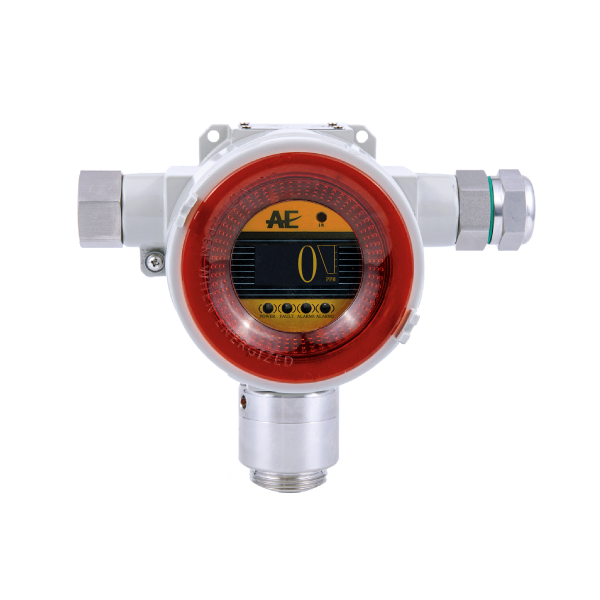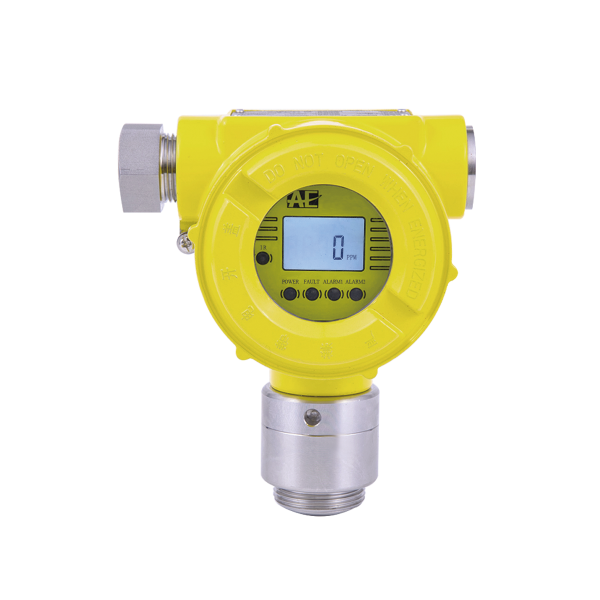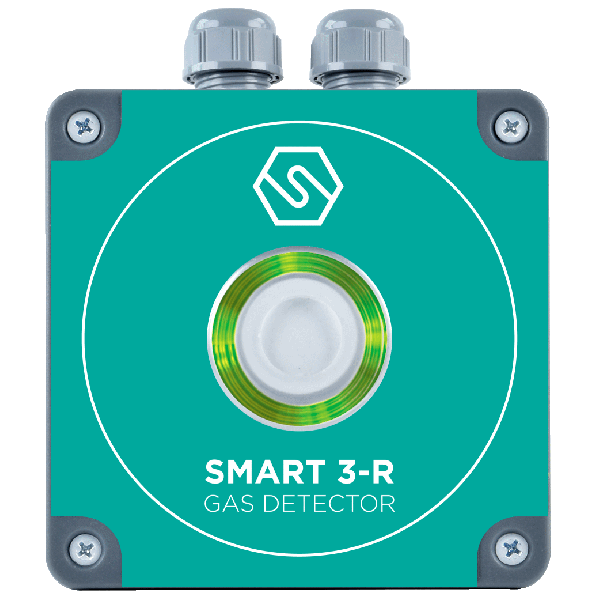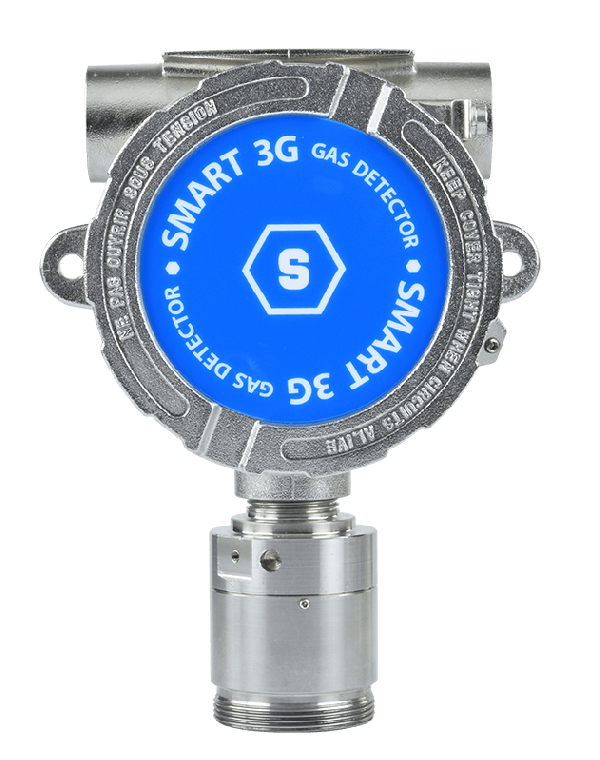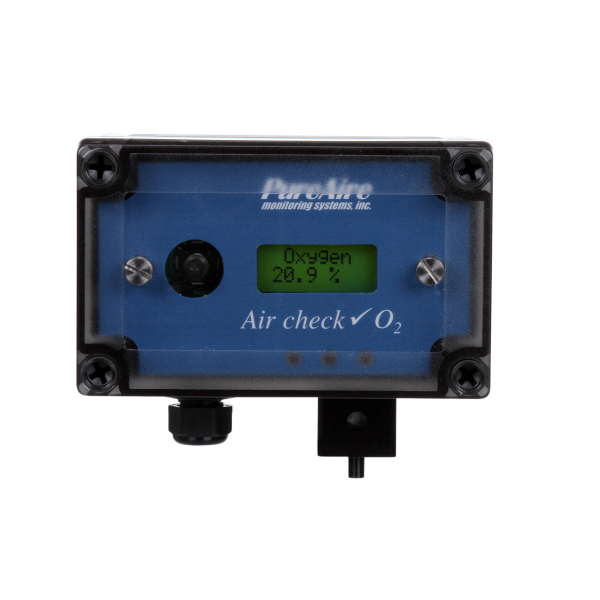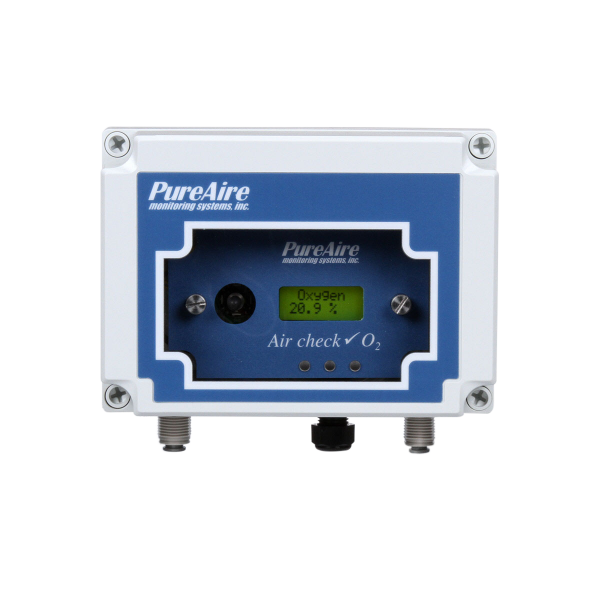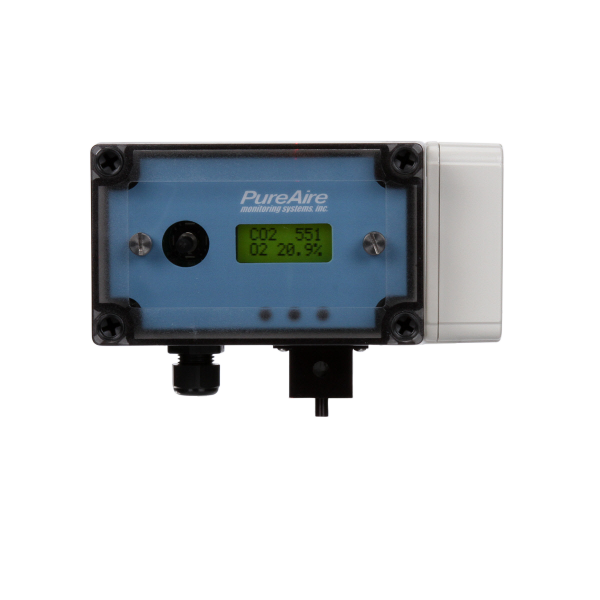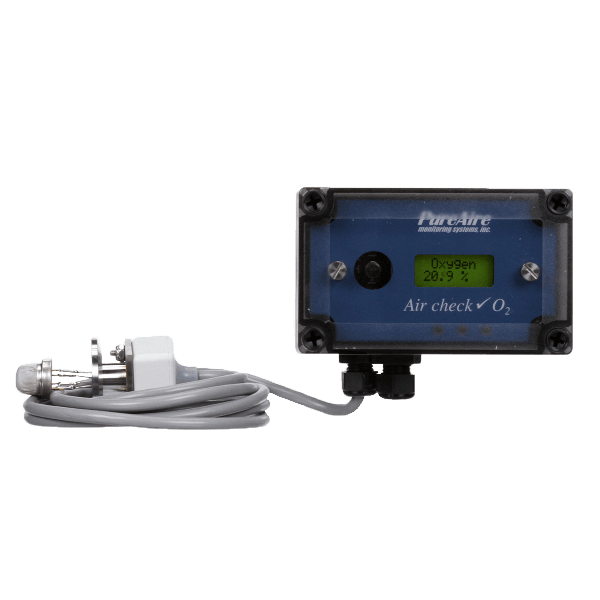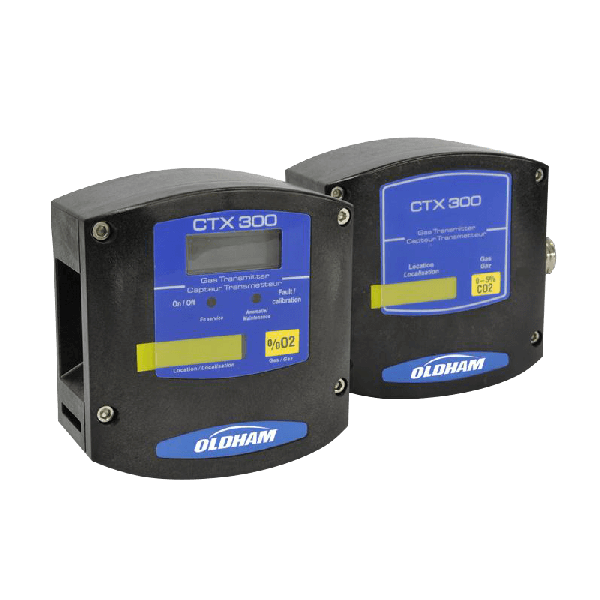Oxygen and Carbon Dioxide Gas Detection
Fixed carbon dioxide detectors and oxygen monitors are permanent monitoring systems that are designed to continuously monitor gas in the installed area or enclosed space to protect and alert workers when safe levels are exceeded/depleted.
Carbon dioxide detectors are used to assess excessive levels of CO2 gas in industries such as food production, breweries, cellars, landfills and laboratories. Meanwhile, oxygen monitors are essential for examining places where depletion or enrichment can occur. Common examples include rooms where cylinders of helium, hydrogen, argon or nitrogen are utilised or stored. These include hospitals, testing labs, food production facilities, manufacturing plants and more.
Health Effects of Carbon Dioxide Poisoning
A colourless and odourless gas, carbon dioxide (CO2) is used and produced in many industries from food production to breweries, cellars, landfill, oil and gas, agriculture, laboratories and as a result of combustion from fossil fuels.
Despite the natural occurrence of this in the atmosphere, and due to its undetectable nature by humans, high concentrations pose many health hazards and dangers to those exposed especially in confined spaces.
The recognised exposure limits for CO₂ in Australia references an 8-hour Time Weighted Average (TWA) of 5,000 ppm and a 15 minute Short Term Exposure Limit (STEL) of 30,000 ppm. The concentration of CO2 at 40,000 ppm is considered to be Immediately Dangerous to Life or Health (IDLH)
At concentrations around 3000-5000 ppm, workers exposed will experience an increase in respiration and headaches. After several hours of exposure - around 20,000 ppm - lung ventilation will increase by 50% and workers will experience severe headaches.
Meanwhile, prolonged exposure to concentrations above 50,000ppm will result in workers violently panting, fatigued and can result in irreversible health effects including death. The installation of a fixed oxygen or carbon dioxide detector can mitigate the risk of unsafe gas levels and ensure workers are protected.
Hazards of Oxygen Depleted and Enriched Environments
The third most abundant element in the universe by mass, oxygen is a colourless, odourless and tasteless gas at standard temperature and pressure.
Worksafe Australia has safe work limits from 19.5% to 23.5% vol for this type of element. The effects on humans from a deficient environment can range from impaired judgment to anoxia, nausea, vomiting, hypoxia and even death.
Whilst the dangers of oxygen deficiency are more commonly known, it is important to note that enriched environments can present a significant fire and explosion risk to workers in the area. Enriched environments are usually as a result of leaks or chemical reactions.
Our teams can assist you in selecting the correct oxygen meter and carbon dioxide gas monitors to suit your needs. Contact us today at any of our six locations across Australia for more information.


